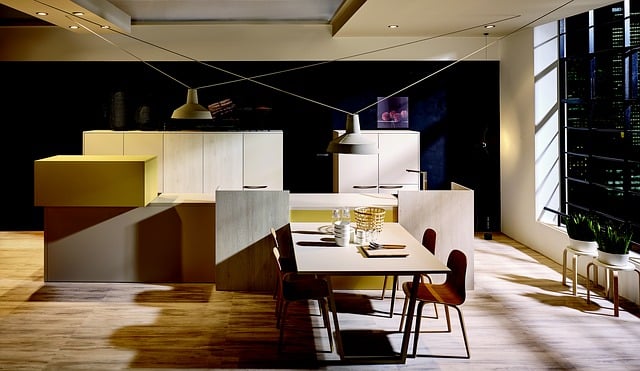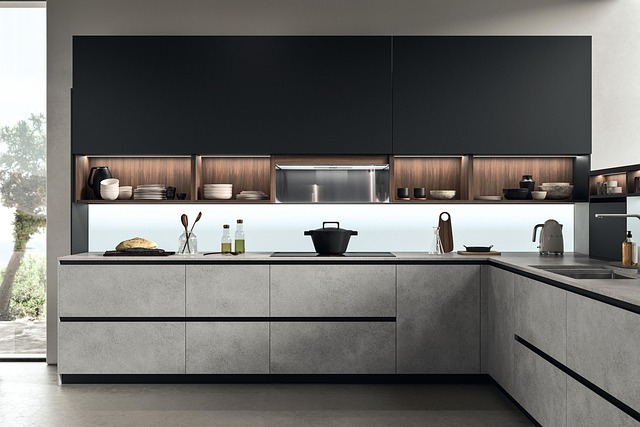Elevate Your Rustic Outdoor Dining with Proven Design and Superior Bar Carts

A rustic outdoor dining design featuring beautifully crafted bar carts enhances al fresco entertaini…….
Introduction
The allure of dining alfresco has transcended mere culinary pleasure, becoming a cornerstone of the modern hospitality industry. “Outdoor Dining Design” is an interdisciplinary field that marries horticulture, architecture, psychology, and economics to create engaging and sustainable spaces where patrons can enjoy meals in the open air. This comprehensive article will delve into the essence of outdoor dining design, its historical context, significance, and its impact on various aspects of society and the economy. Readers will gain a deeper understanding of how this design approach enhances the dining experience, shapes urban environments, and adapts to changing trends and technologies.
Understanding Outdoor Dining Design
Outdoor Dining Design encompasses the strategic planning and execution of spaces that allow for dining experiences outside traditional indoor settings. It integrates natural elements with functional design to create inviting, comfortable, and safe environments. The core components include architectural structures, landscape design, lighting, furniture selection, and often, the integration of technology and sustainable practices.
Historically, outdoor dining has its roots in ancient civilizations where communal eating and enjoying the outdoors were commonplace. Over time, as urbanization increased, so did the need for spaces that could accommodate dining outside, leading to the evolution of outdoor dining design into a specialized field.
Global Impact and Trends
The impact of “Outdoor Dining Design” is global, with trends and styles varying across different regions. In warm climates like those found in Mediterranean countries, outdoor dining is a way of life, with designs often focusing on maximizing natural light and ventilation. Conversely, in cooler regions, the focus might be on creating heated and covered spaces to extend the dining season.
Key trends shaping outdoor dining design include the incorporation of smart technology for environmental control, the use of sustainable materials, and a heightened emphasis on biophilic design—integrating natural elements to create a more connection with nature. The global pandemic has also influenced designs, with an increased focus on social distancing and sanitation measures while maintaining an inviting atmosphere.
Economic Considerations
The economic aspects of outdoor dining design are multifaceted. From a market dynamics perspective, successful outdoor dining spaces can increase sales by offering an additional seating capacity and attracting new customers. Investment patterns indicate a growing interest in outdoor dining amenities as a means to differentiate from competitors and adapt to consumer preferences for experiential spending.
Outdoor Dining Design contributes to economic systems by creating jobs, stimulating local economies through the sourcing of materials and services, and enhancing property values. It also plays a role in tourism, where destinations with vibrant outdoor dining scenes can attract visitors.
Technological Advancements
Technology has revolutionized outdoor dining design, introducing innovations such as weather-responsive materials, energy-efficient lighting, and smart climate control systems that adjust to the external environment. The integration of augmented reality menus or interactive dining experiences is also on the rise. These advancements not only enhance the customer experience but also promote sustainability by reducing waste and optimizing resource use.
Looking ahead, technologies like AI-driven energy management and personalized customer interfaces are poised to further transform outdoor dining spaces, making them more efficient and responsive to individual preferences.
Policy and Regulation
Policies and regulations play a crucial role in shaping outdoor dining design. Zoning laws, building codes, health and safety standards, and accessibility requirements all influence how these spaces are designed and operated. In some regions, there have been legislative changes to encourage or facilitate the development of outdoor dining areas, recognizing their importance for economic recovery and community vitality.
Navigating this regulatory landscape requires a keen understanding of local, state, and federal regulations to ensure compliance while optimizing design potentials.
Challenges and Criticisms
Outdoor Dining Design is not without its challenges and criticisms. Sustainability concerns, such as the environmental impact of materials used and energy consumption, are at the forefront. Additionally, there are practical issues like weatherproofing, maintenance, and ensuring accessibility for all guests.
To address these challenges, designers and operators must prioritize sustainable practices, invest in durable and low-impact materials, and implement innovative solutions for climate control. Collaboration with urban planners, environmental scientists, and local communities is essential to create spaces that are both functional and harmonious with their surroundings.
Case Studies
Several case studies exemplify the successful application of outdoor dining design. The rooftop gardens in cities like New York and London offer breathtaking views and a connection with nature, while the terraced eateries in countries like Italy and Greece provide an authentic local experience. These examples demonstrate the transformative power of thoughtful design in enhancing the dining experience.
Future Prospects
The future of outdoor dining design is ripe with potential for growth and innovation. Emerging trends such as edible landscapes, integration of art and culture, and the use of adaptive reuse in creating dining spaces are on the horizon. Strategic considerations like climate change adaptation, technological advancements, and evolving consumer expectations will shape the direction of this field.
Conclusion
“Outdoor Dining Design” is more than just a trend—it’s a multifaceted discipline that enriches dining experiences while contributing to economic vitality and environmental sustainability. As we look to the future, the integration of design, technology, and policy will continue to evolve, ensuring that outdoor dining spaces remain vibrant and relevant for generations to come.
Please note that this content is a high-level overview of various aspects related to outdoor dining design. Each section can be expanded with more detailed information, case studies, and real-world examples to provide a comprehensive guide or report on the subject.

A rustic outdoor dining design featuring beautifully crafted bar carts enhances al fresco entertaini…….

Designing adaptable garden dining areas maximizes year-round enjoyment and enhances outdoor living……..

Elevate your outdoor dining experience with expert design and craftsmanship, transforming your backy…….

Creating a backyard dining space with natural materials like wood and stone enhances your outdoor li…….

Foldable and expandable tables are revolutionizing outdoor kitchen and dining experiences, offering…….

Elevate your outdoor dining with strategically added outdoor rugs, a design game changer that combin…….

Fire pit-centered patio dining design boosts customer patronage by 30% during cooler months, enhance…….

Strategic outdoor dining table ideas utilizing well-placed lighting fixtures can dramatically enhanc…….

Modern outdoor dining experiences are elevated by strategic lighting design, creating welcoming and…….

Optimizing your outdoor space with built-in benches or banquettes enhances functionality and creates…….